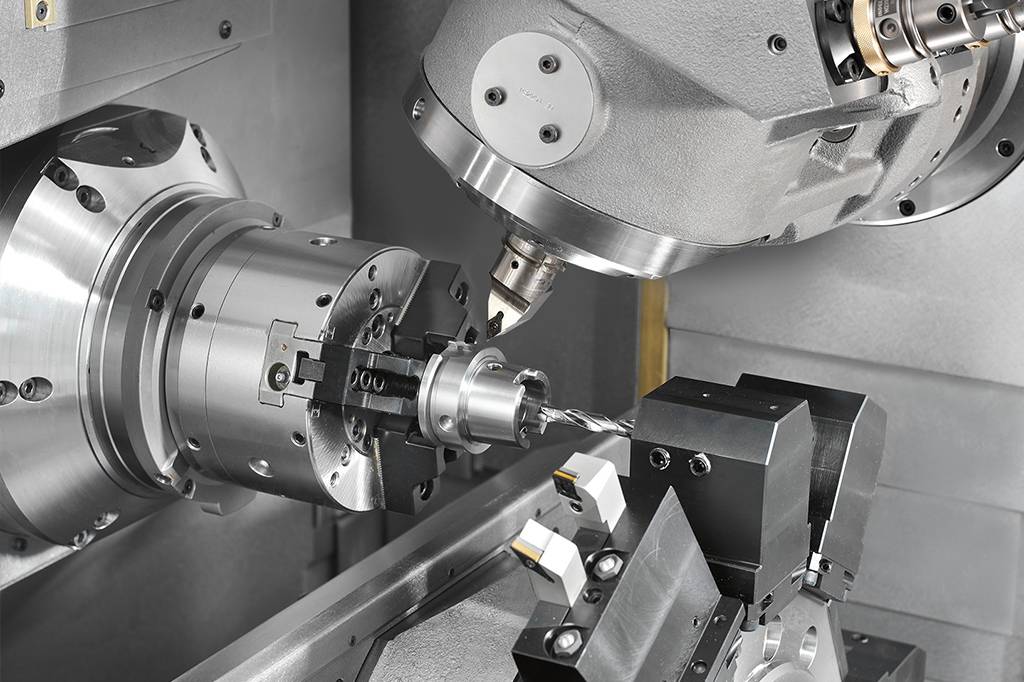Turn-milling machining is a hybrid manufacturing process that combines the capabilities of both turning and milling operations. It is increasingly popular in the machining industry due to its efficiency and versatility in producing complex geometries with high precision. In this article, we will explore the concept of turn-milling machining, its benefits, and applications, as well as a comparative analysis of its features.
What is Turn-Milling Machining?
Turn-milling machining involves the simultaneous use of a rotating workpiece, as in turning, and a rotating cutting tool, as in milling. This process allows for the machining of complex shapes and contours on a workpiece while it is held in a lathe or turning center. The cutting tool moves in multiple directions, enabling the production of features that would be difficult to achieve with traditional turning or milling alone.

Key Characteristics of Turn-Milling Machining:
- Simultaneous Cutting: Both the workpiece and the cutting tool rotate, allowing for intricate cuts.
- Versatility: Capable of producing complex geometries such as grooves, slots, and other profiles.
- Increased Efficiency: Reduces machining time by combining operations, leading to shorter production cycles.
Benefits of Turn-Milling Machining
Turn-milling machining offers several advantages that make it a preferred choice in various manufacturing applications:
- Improved Accuracy: The simultaneous movement of the tool and workpiece allows for higher precision in machining complex shapes.
- Reduced Setup Time: By combining turning and milling processes, manufacturers can save time on tool changes and setups.
- Material Removal Efficiency: Turn-milling can achieve higher material removal rates compared to conventional methods.
- Complex Part Production: Capable of producing parts with intricate features that would require multiple setups in traditional machining.
Applications of Turn-Milling Machining
Turn-milling machining is widely used in various industries, including:
- Aerospace: Producing components with complex shapes for aircraft engines and structural parts.
- Automotive: Manufacturing precision parts such as gears, shafts, and valve bodies.
- Medical: Creating intricate implants and surgical instruments.
- Oil and Gas: Fabricating components for drilling and extraction equipment.
Comparative Analysis of Turn-Milling Machining
| Feature | Turn-Milling Machining | Traditional Turning | Traditional Milling |
|---|---|---|---|
| Cutting Tool Movement | Tool rotates and moves linearly | Tool moves linearly | Tool rotates |
| Complex Geometry Capability | High | Limited | Moderate |
| Setup Time | Reduced | Higher | Higher |
| Material Removal Rate | High | Moderate | Moderate |
| Precision | Very High | High | High |
Turn-milling machining represents a significant advancement in the machining industry, providing manufacturers with a powerful tool for producing complex components efficiently and accurately. Its ability to combine turning and milling processes allows for greater flexibility and reduced production times, making it an attractive option for various industries. As technology continues to evolve, turn-milling is likely to play an increasingly important role in modern manufacturing practices.
